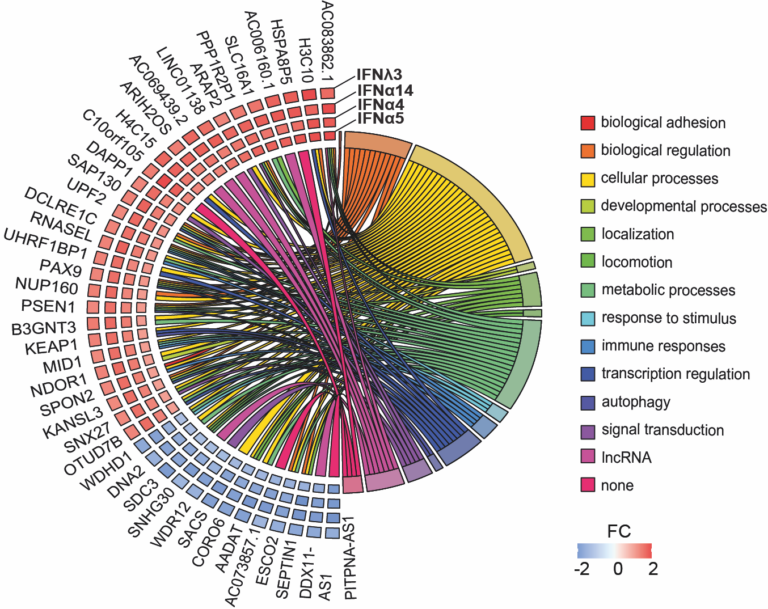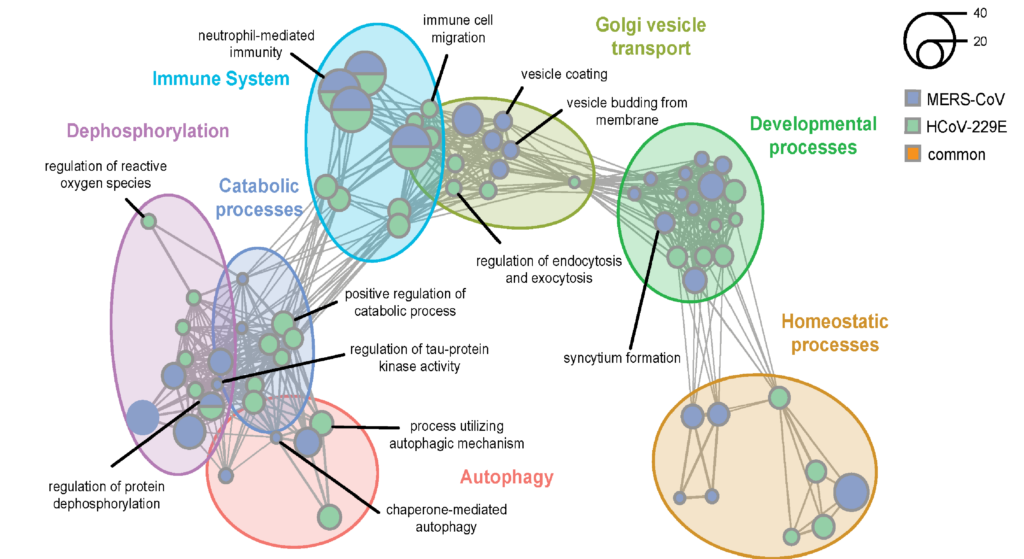RNA Virus Infection Research
Our RNA Virus Infection Research (RVIR) group focuses on RNA viruses, with particular emphasis on coronaviruses. To date, there are seven human pathogenic coronaviruses, including four endemically circulating viruses: HCoV-229E, -OC43, -NL63, and -HKU1. Endemic coronaviruses cause harmless cold symptoms in healthy people. In contrast, there are also three coronaviruses that exhibit highly pathogenic properties and have led to epidemic or even pandemic outbreaks: SARS-CoV, MERS-CoV, and SARS-CoV-2. These respiratory viruses lead from mild cold symptoms, to severe clinical courses, to death. Using the ongoing SARS-CoV-2 pandemic as an example, a wide variety of clinical syndromes have been described, involving not only the lungs but also most organs such as the heart, brain and liver. It is of utmost importance to understand and study these viruses in depth.
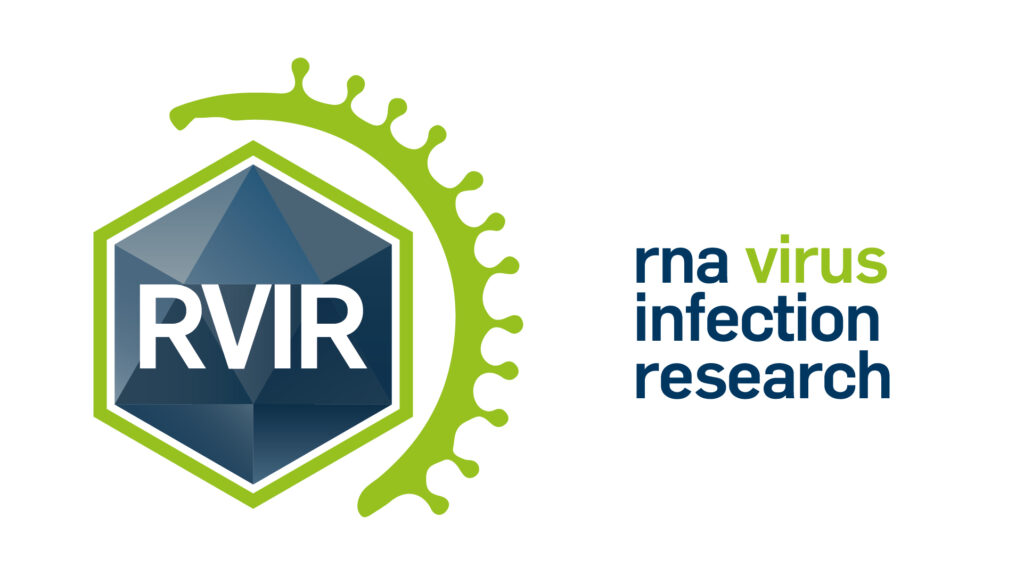
1. Immune control of coronavirus infection
Host immune responses to coronaviruses are very complex and are regulated in part by antiviral interferons (IFNs), a component of immune control. We demonstrated that the lymphocyte antigen 6 complex, locus E (LY6E) effectively inhibits infection of several coronaviruses and is an important antiviral immune effector controlling coronavirus infection and pathogenesis (Pfaender et al., 2020).Type I interferons are already used clinically as an antiviral treatment modality, including in severe courses of COVID-19. In a recent study, we evaluated IFN subtypes for their therapeutic potential and identified underlying immune signatures (Schuhenn and Meister et al., 2022).
2. Investigation of Coronavirus
As intracellular pathogens, coronaviruses are highly dependent on host factors. Using a global genetic screen, we have identified host factors that are absolutely essential for coronavirus replication (Kratzel et al., 2021). This knowledge is now helping us to identify new antiviral targets. In current projects, we are trying to study the coronavirus replication cycle experimentally in detail to generate mathematical models that can be used to predict restriction factors and thus new therapeutic targets (DFG project: CoV Mod, grant ID:462165342). In addition to host proteins, we focus on the so-called non-coding RNAs and investigate how these can influence the replication and restriction of coronaviruses.
3. Authentic Lung Cell Culture Models
Authentic cell culture models are essential for the study of viral infection in vitro. The “gold standard” for the study of respiratory pathogens, such as SARS-CoV-2, are currently 2-dimensional models based on primary airway epithelial cells, which reflect molecular and functional aspects of the human respiratory epithelium. The so-called “airway epithelial cultures” (AEC) are grown in an air-liquid interphase (ALI; air liquid interphase) and are characterized by a high similarity to the lung epithelium in vivo, including the presence of different cell types such as ciliated cells, secretory cells, and basal cells in “pseudostratified” cell layers. In addition to airway epithelial cells, organ-like 3-dimensional tissue cultures called organoids represent an alternative cell culture system. Organoids are a reliable model system that overcomes many limitations of conventional cell culture systems and animal experiments. They are suitable for studying viral diseases, understanding pathogenesis, and testing potential drugs. Different lung organoid types can be differentiated from various cell types such as pluripotent or embryonic stem cells and primary cells such as human bronchial epithelial cells, offering a variety of possibilities to address different research questions individually. In our group, we use a variety of cellular systems (Heinen et al., 2021), in addition to 1-dimensional tumor cell cultures, 2D airway epithelial cells and 3D lung organoids to study coronavirus infection and identify host factors that may influence virus infection.
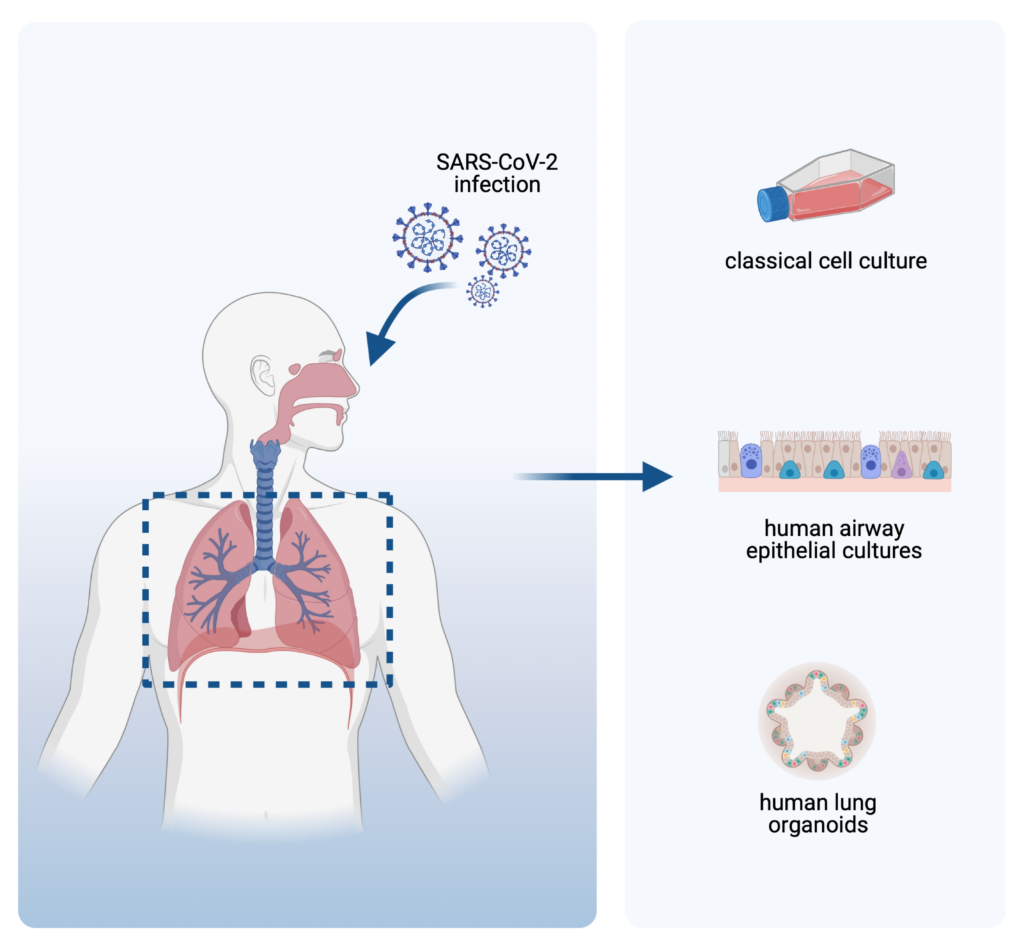
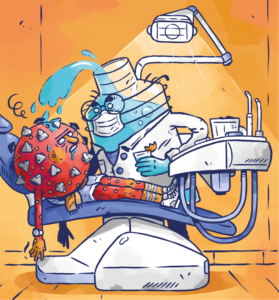
4. Coronavirus Transmission
Especially at the beginning of the COVID-19 pandemic, many questions arose regarding the stability and transmission of coronaviruses. We have therefore experimentally investigated the inactivation and stability of coronaviruses in a number of studies (Meister et al., 2021 , Conzelmann et al., 2020 Kratzel et al., 2020 Kratzel et al., 2020 Meister et al., 2022). Our work on the antiviral effect of mouth rinses has met with particular public interest (Meister et al., 2020, Meister et al., 2022). The translational aspect is clearly important in this work. For example, we were able to demonstrate in a clinical study that surfaces probably play only a minor role in the actual transmission of SARS-CoV-2 (Meister et al., 2022).
Our Team:
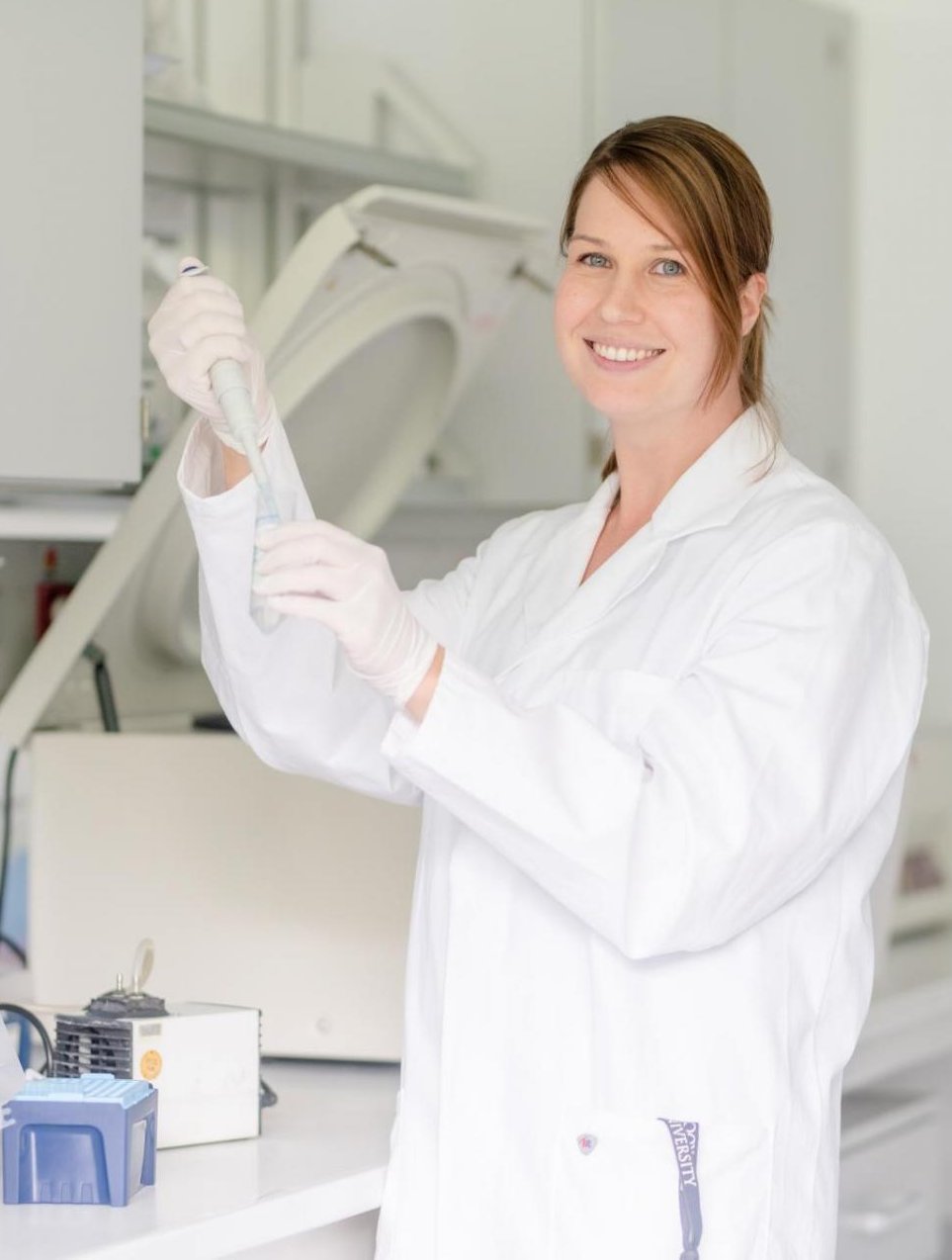
Stephanie Pfänder
Professor
Natalie Heinen
PhD Candidate
Simon Herrmann
PhD Candidate
Daniel Kühn
Doctoral Candidate
Saskia Westhoven
Master student

